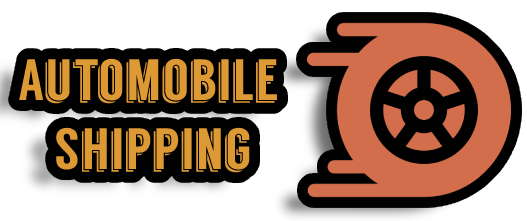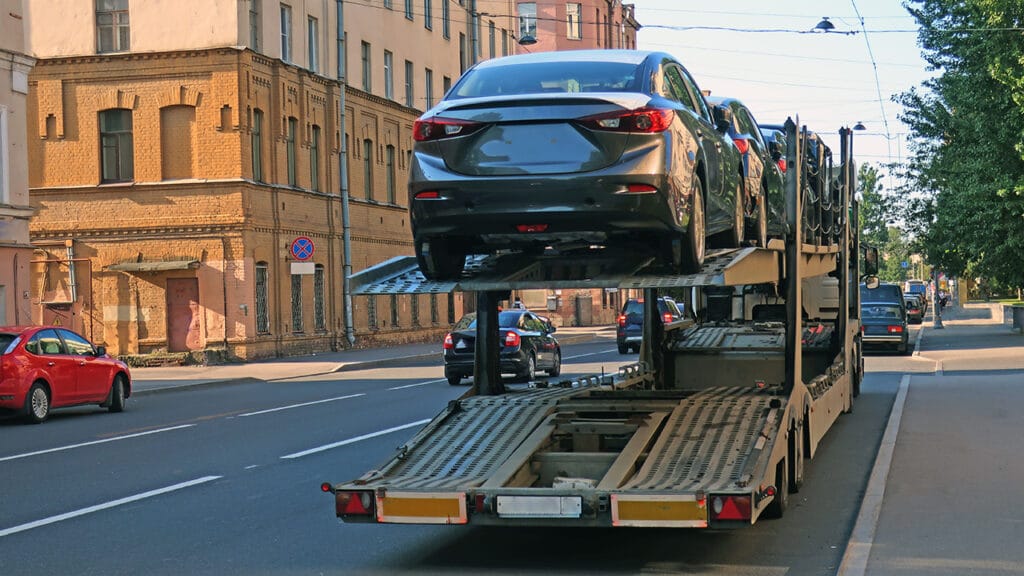Getting your car prepared for transport across long distances can be a tricky process if certain steps are overlooked or mishandled. This article aims to provide a comprehensive guide for car owners on what to watch out for when arranging vehicle shipping. Following the recommendations here will help ensure a smooth shipment with minimal risk of any issues along the way Vehicle Shipped.
Failure to Properly Drain Fluids – Vehicle Shipped
One of the most crucial yet frequently overlooked tasks is draining fluids from the car before transport. Leaving fuel, coolant, brake fluid, transmission fluid, oil or other liquids in place puts undue stress on components during the trip and increases the risk of leaks. Take the vehicle to a trusted mechanic well before the scheduled pickup date to have all fluids drained, catch pans installed and filled back up before final delivery.
Incorrectly Securing Accessible Parts
| Item | Best Practice |
| Hood | Padlock or tie down with heavy-duty ratchet straps |
| Doors | Padlock or ratchet strap handles shut |
| Trunk | Padlock or straps to hold lid firmly closed |
| Sunroof | Shut and seal with duct tape for stability |
| Windows | Roll up and secure handles to eliminate wind resistance |
Any part of the vehicle exposed to wind or accidental bumps during transit needs to be firmly fastened to avoid damage. Consult an experienced shipper for the right securement methods for each component.
Failing to Identify Modifications or Special Equipment
Special conditions like aftermarket parts, lifted suspensions, additional weight from pushing cargo limits or low-profile tires must be disclosed to carriers beforehand. Equipment like roof racks and bike mounts will need to be removed, while under-car accessories may require special brackets for protection. Missing these details could result in an unsafe load or rejection at pickup.
Inadequate Cleaning Before Transport
Grime buildup exposes unprotected areas to corrosive elements like road salt or moisture during prolonged shipment. Thoroughly wash and dry all exterior surfaces, undercarriage, wheel wells and inner areas before securing protective wrapping or bracing for transit. Caked-on dirt holds collection points for unwanted fluids or debris that could damage finishes.
Failure to Properly Wrap or Pad Critical Areas
Apply padding and wrap to vulnerable exterior and interior trim, bumpers, glass, lights and other protruding features before closing up the vehicle. Use foam, cardboard, bubble wrap or other materials cut to fit each area for insulation from jostling. Pay extra attention around grille openings, side-view mirrors and other breakable sections prone to impacts.
Vehicle Shipped – Lack of Overall Shipment Coordination
Discuss pickup/delivery schedules, insurance clauses, special requests and your preferred level of communication with the transport company up front. Make certain everyone involved through each step of the process is on the same page to avoid mix-ups that could jeopardize projected timelines. Opt for experienced, reputable carriers and document arrival/departure details.
Preparing a vehicle for long-distance auto shipping does require extra legwork compared to regular driving. But taking the time to address each important area outlined above will significantly diminish chances of any problems en route. Ultimately, thorough planning and attention to the small things lead to the smoothest transport experiences.

